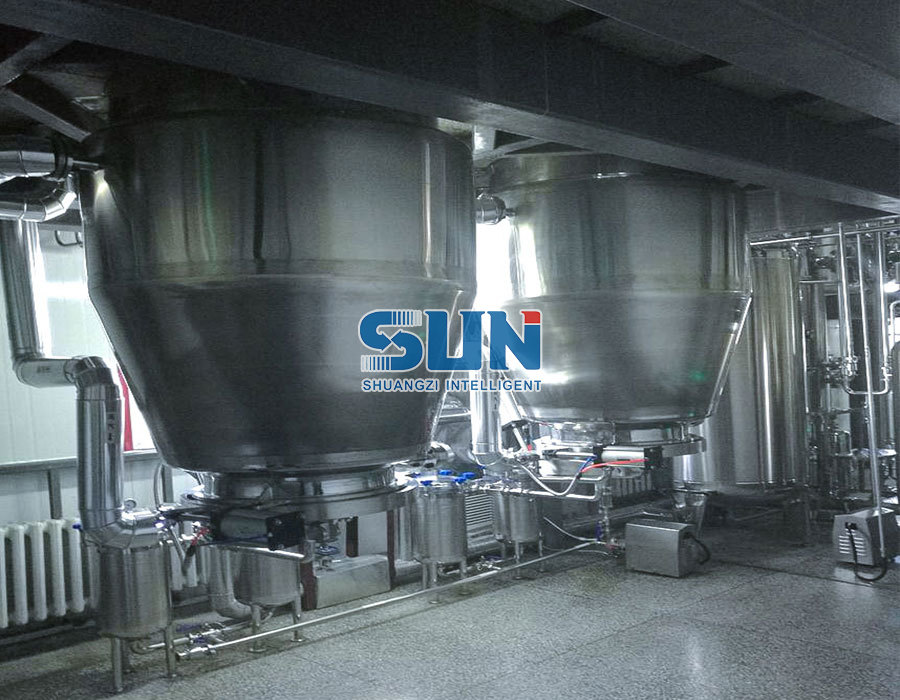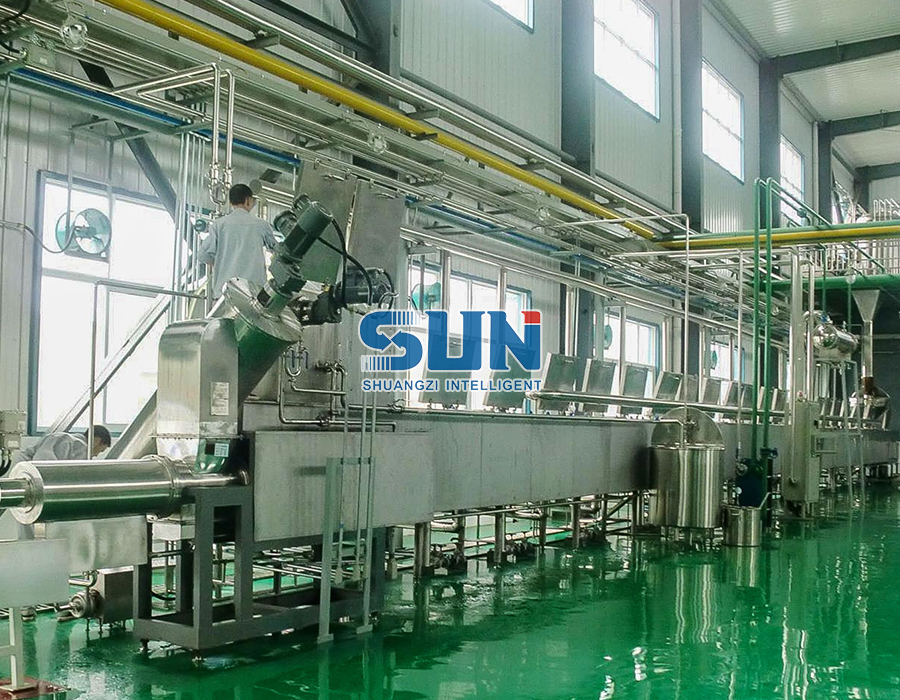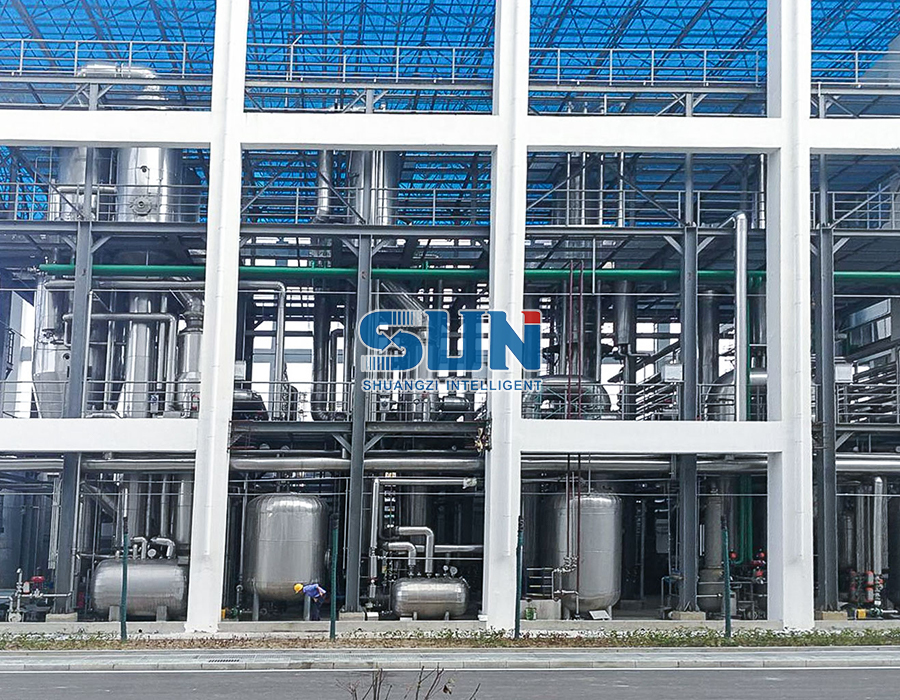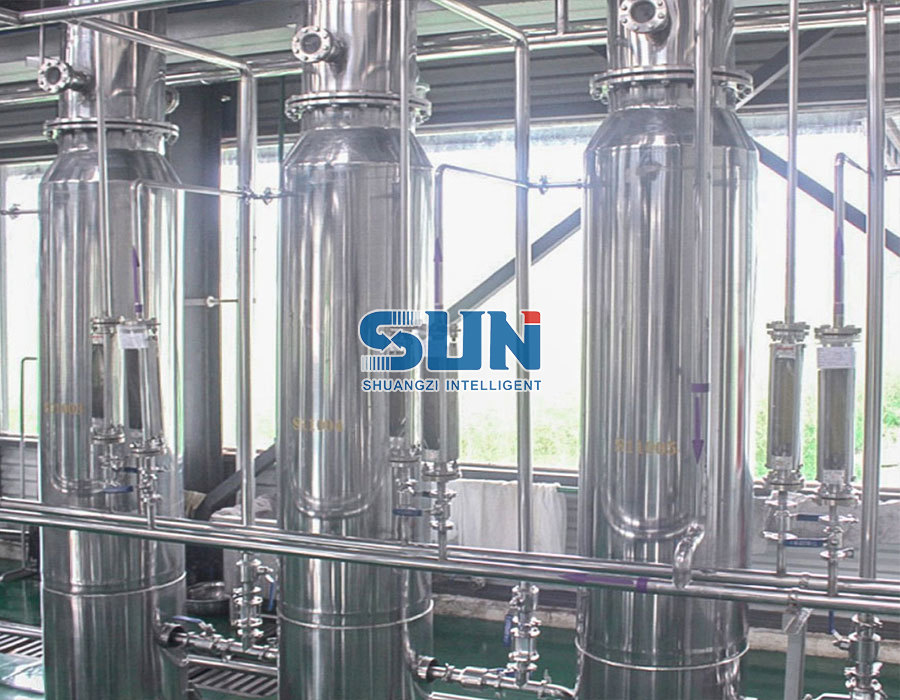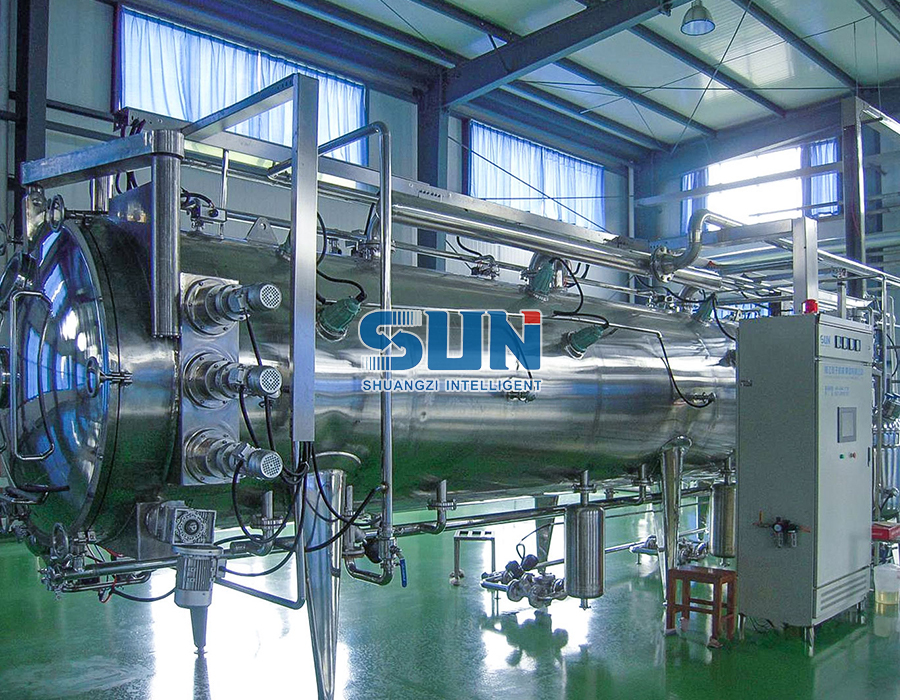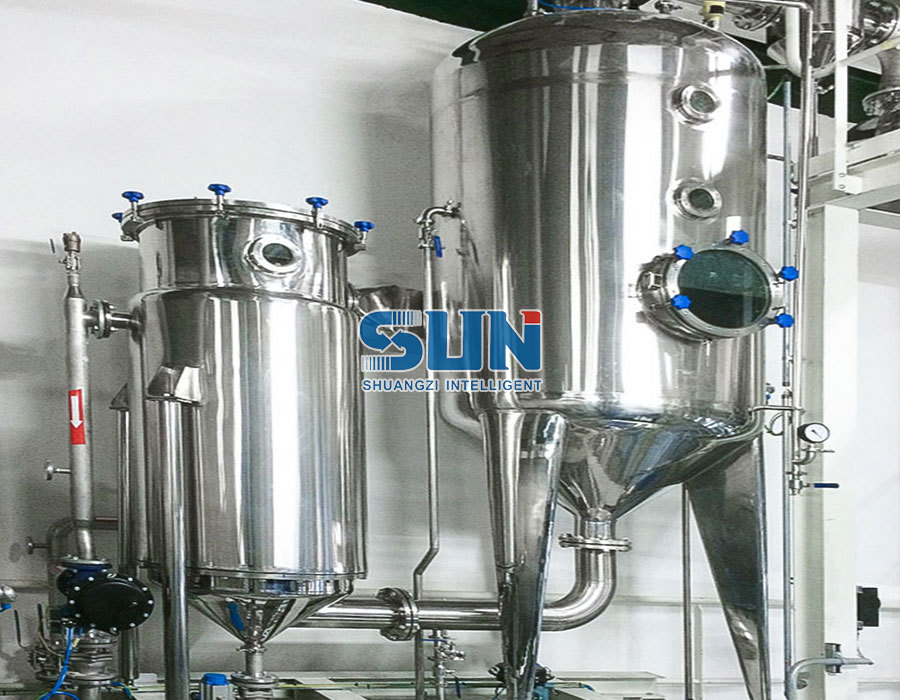A Stainless Steel Vacuum Flash Evaporator is a critical piece of equipment used across industries such as chemical processing, pharmaceuticals, food and beverage, and wastewater treatment. Its ability to rapidly remove solvents, concentrate liquids, or recover valuable components makes it highly efficient compared to conventional evaporation methods. Understanding how quickly this equipment can process liquids involves exploring factors such as design, operating conditions, liquid properties, and maintenance practices.
Understanding the Basics of Vacuum Flash Evaporation
A vacuum flash evaporator operates on a simple principle: reducing the pressure above a liquid lowers its boiling point, causing rapid evaporation (or “flashing”) of a portion of the liquid. In stainless steel models, the use of corrosion-resistant material ensures durability and cleanliness, particularly for sensitive applications such as food processing or pharmaceuticals.
Key advantages include:
- Faster evaporation due to lower boiling points under vacuum.
- Reduced thermal degradation of heat-sensitive liquids.
- Enhanced safety and hygiene due to stainless steel construction.
The speed at which a stainless steel vacuum flash evaporator processes liquids depends not only on the design of the unit but also on external and operational factors.
Factors Influencing Processing Speed
1. Vacuum Level
The vacuum level is one of the most critical factors affecting processing speed. Higher vacuum levels reduce the boiling point of the liquid, enabling faster evaporation at lower temperatures. For instance, water normally boils at 100°C, but under a strong vacuum, it can flash at 40–50°C. This not only speeds up processing but also prevents heat-sensitive liquids from degrading.
2. Liquid Properties
The characteristics of the liquid being processed significantly affect evaporation rate. Key properties include:
- Viscosity: High-viscosity liquids evaporate more slowly because they resist flow and heat transfer.
- Volatility: Liquids with lower boiling points naturally evaporate faster.
- Solids Content: Suspended solids or dissolved salts can form deposits, reducing evaporation efficiency.
- Density and Thermal Conductivity: Denser liquids may require more energy, while liquids with high thermal conductivity can absorb heat more efficiently.
3. Temperature of Feed Liquid
The initial temperature of the liquid entering the evaporator influences processing speed. Pre-heating the feed reduces the energy required for flashing, allowing the evaporator to process liquids more quickly. Many industrial systems incorporate heat exchangers to preheat incoming liquids using waste heat from other processes.
4. Design of the Evaporator
The physical design of the evaporator affects performance:
- Surface Area: Larger heating surfaces allow more liquid to flash at once.
- Flow Dynamics: Proper distribution of liquid prevents localized overheating or stagnation, ensuring uniform evaporation.
- Stage Configuration: Multi-stage evaporators can process liquids in successive steps, increasing throughput without increasing the size of the unit.
5. Heating Source
The type and efficiency of the heat source—whether steam, electric, or thermal oil—determine how quickly energy is transferred to the liquid. Efficient heat transfer accelerates the flashing process. In stainless steel evaporators, good thermal conductivity of the material also aids rapid heat distribution.
6. Feed Rate
The rate at which liquid is introduced into the evaporator must be balanced with the unit’s evaporation capacity. Overfeeding can reduce efficiency and slow down processing, while underfeeding wastes capacity. Optimizing feed rate ensures maximum throughput without compromising performance.
7. Maintenance and Cleanliness
Scaling, fouling, or residue buildup on heating surfaces significantly reduces evaporation speed. Stainless steel construction resists corrosion, but regular cleaning and maintenance are essential to maintain optimal processing speed. Proper maintenance ensures uniform heat transfer and prevents downtime.
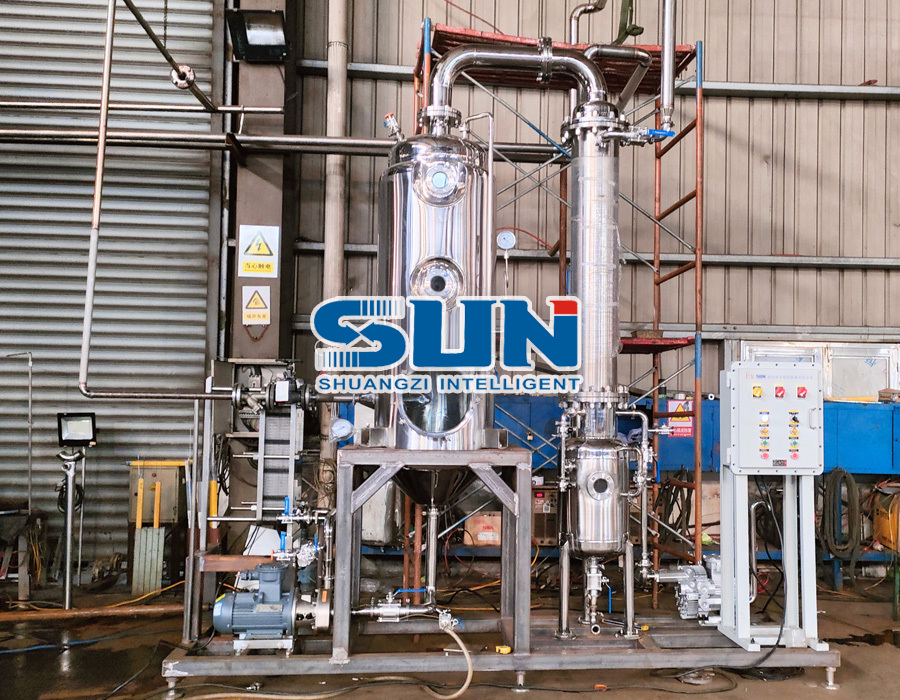
Measuring Processing Speed
Processing speed in a vacuum flash evaporator is usually measured in terms of:
- Throughput: Volume of liquid processed per hour.
- Concentration Rate: Amount of solvent removed in a given time.
- Evaporation Efficiency: Ratio of energy used to actual liquid evaporated.
Manufacturers often provide specifications such as liters per hour or kilograms per hour of solvent removal, but real-world performance may vary based on feed composition and operating conditions.
Optimizing Liquid Processing Speed
1. Maximizing Vacuum Efficiency
Using high-quality vacuum pumps and ensuring airtight seals helps maintain consistent vacuum levels. A stable vacuum ensures the liquid reaches its flash point quickly, maximizing throughput.
2. Preheating the Feed
Integrating preheaters allows the feed liquid to enter the evaporator at an elevated temperature, reducing the energy needed for evaporation and increasing speed.
3. Maintaining Clean Surfaces
Regular cleaning routines prevent scale and residue buildup. Automated cleaning systems, such as CIP (Clean-In-Place), are particularly beneficial in food and pharmaceutical applications.
4. Controlling Feed Rate
Adjusting the feed rate according to the evaporator’s capacity prevents bottlenecks and ensures optimal evaporation without overloading the system.
5. Monitoring Performance
Installing sensors to monitor temperature, pressure, and flow ensures the evaporator operates within optimal parameters. Data-driven adjustments can significantly improve processing speed and efficiency.
Typical Processing Rates
While processing speed depends on multiple factors, general industry observations indicate:
- Small laboratory-scale stainless steel vacuum flash evaporators may process 10–50 liters per hour.
- Medium-sized industrial units typically handle 200–1,000 liters per hour.
- Large-scale production units can process several tons of liquid per hour.
It is important to remember that these numbers are indicative and actual throughput depends on the liquid’s properties, vacuum level, heating capacity, and system design.
Safety Considerations
Faster processing does not compromise safety if the evaporator is operated correctly. Key considerations include:
- Avoiding over-pressurization.
- Monitoring vacuum pump operation to prevent failures.
- Using proper insulation to prevent burns.
- Implementing alarms and automatic shutoffs for emergencies.
Conclusion
The speed at which a Stainless Steel Vacuum Flash Evaporator processes liquids is influenced by a combination of vacuum level, liquid properties, temperature, design, and operational practices. While manufacturer specifications provide a baseline, real-world performance depends heavily on system optimization, proper maintenance, and careful monitoring of feed and process conditions. By understanding these factors, operators can maximize throughput, reduce energy consumption, and maintain product quality.
A well-designed and maintained stainless steel vacuum flash evaporator is capable of processing liquids quickly, safely, and efficiently, making it a valuable tool in modern industrial applications.


 英语
英语 俄语
俄语